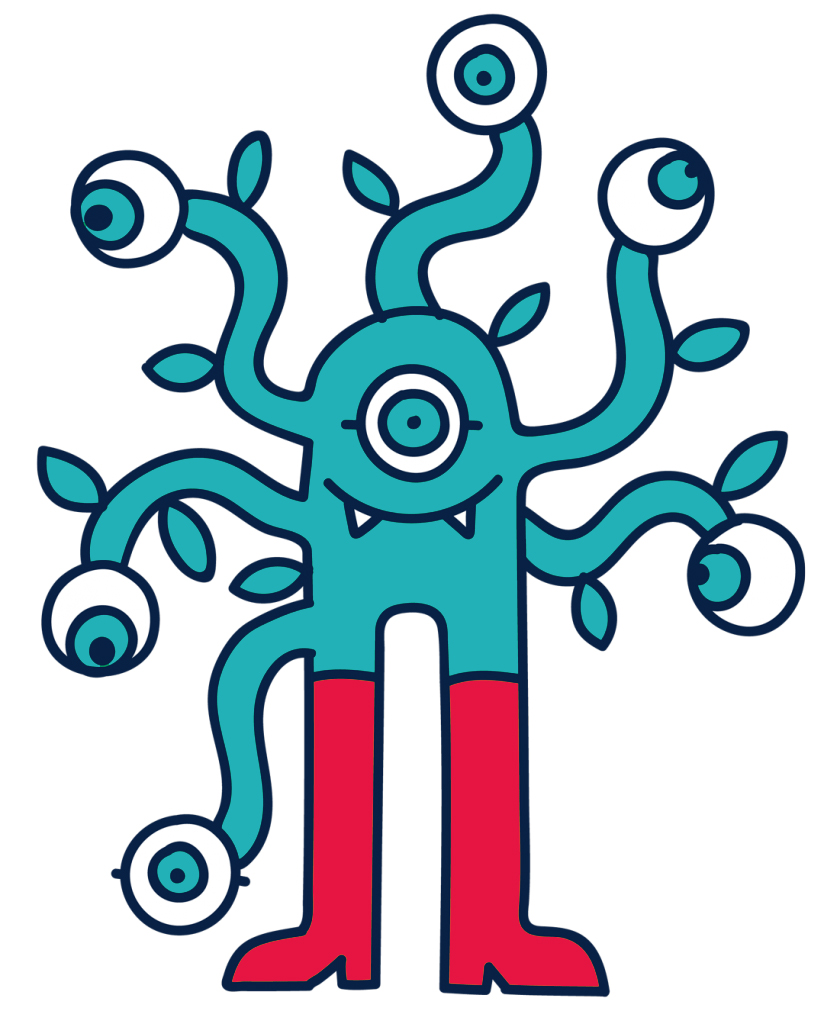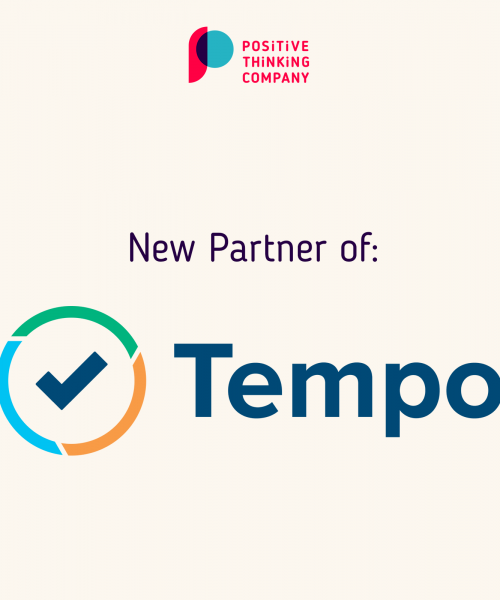“Manage the system, not the people”: this is the challenge of management 3.0 according to Jurgen Apello. Indeed, management has evolved a lot over the last decades. It has progressively shifted from a command-and-control approach to a more human leadership.
Nassim Lehri, an Agile Coach at Positive Thinking Company in Paris, offers a brief historical overview of the different forms of management, leading to modern leadership.
The evolution of management, from version 1.0 to 3.0
Management 1.0, as defined by Jurgen Appelo, is based on Taylorism. In this directive model, the employee is not considered autonomous. He must be supervised by a manager, who holds the knowledge. In this very vertical and hierarchical work organization, the tasks, the rate of work, or the operating mode are imposed to the employee. In other words, this type of management does not focus on the human aspect. It is centered on the evaluation of performance and productivity, through a system of rewards or sanctions. Only a hierarchical progression of the employee allows him to get out of this dichotomy and to reach a form of recognition.
Management 2.0 is defined as a vertical and pyramidal system, in which the human aspect is more valued. Toyotism, founded by the Japanese industrial engineer Taiichi Ohno, is an illustration of this type of management. Toyotism advocates a lower cost of production, a shorter lead time for the highest quality production possible. Moreover, the respect of the method and the theory is fundamental. Although the employee’s opinion is taken into account, the manager remains the only decision-maker and continues to distribute the tasks. Thus, management 2.0 is more participative, even if it is part of a very hierarchical framework.
Management 3.0 breaks with the two types of management described above. It is based on 3 fundamental principles, inspired by the motto “Engage People, Improve Work, and Delight Clients”:
- Engage people: people are at the heart of success. The result relies on the level of commitment and the quality of people’s interactions.
- Improve work: employees have the keys to improve the environment in which they work.
- Delight customers: customer satisfaction is paramount.
This adaptable and flexible management is modeled by the author as a deformed monster named Martie, embodying the following 6 precepts:

- Energize people
- Empower teams
- Align constraints
- Develop competence
- Grow structure
- Improve everything
The role of the manager is no longer to manage people but the system. He then becomes a leader and provides a framework for teams to reach a high level of performance. He accompanies them so that they can become as autonomous and self-organized as possible, while taking into account their happiness. Decisions are made in a collegial way and recognition is done between peers. Management 3.0 is not simply the use of different tools, such as the Japanese Niko-Niko calendar, the Moving Motivators invented by Jurgen Appelo, or the Delegation Poker card game. It is a real mindset about leadership.
What about agility?
The word agility immediately brings to mind the Agile Manifesto, with its 4 values and 12 principles. Nevertheless, agility is not limited to software development: it can be applied to different domains such as human resources, automobile industry, education. It is an iterative and collaborative approach, which encourages adaptation and teamwork to foster continuous improvement.
So, to what extent do these different types of management rely on agility? Management 1.0 has nothing to do with agility. Employees are only considered as executors. Management 2.0 is closer to the notions of Lean. However, the notion of verticality remains very important. Finally, management 3.0 is more focused on agility by placing employees at the heart of the system. This is a big change in the managerial culture, which breaks with the systems encouraged by Management 1.0 and 2.0.
Towards an agile leadership in France?
Management 3.0 and the corresponding notion of agile leadership are still a minority in France. The majority of companies still apply a 2.0 management model (or even 1.0 to some extent), with a rather “scaled” archetype due to a still conservative vision.
However, we are gradually observing the emergence of an agile leadership. It is favored by the new generations and has become widespread with the generalization of telecommuting during the coronavirus pandemic. This leadership encourages decentralized responsibility while giving more autonomy to teams. This flexible and collaborative management represents the future of work.
Find out how to enhance collaborative management with our Digital Workplace Expertise.










